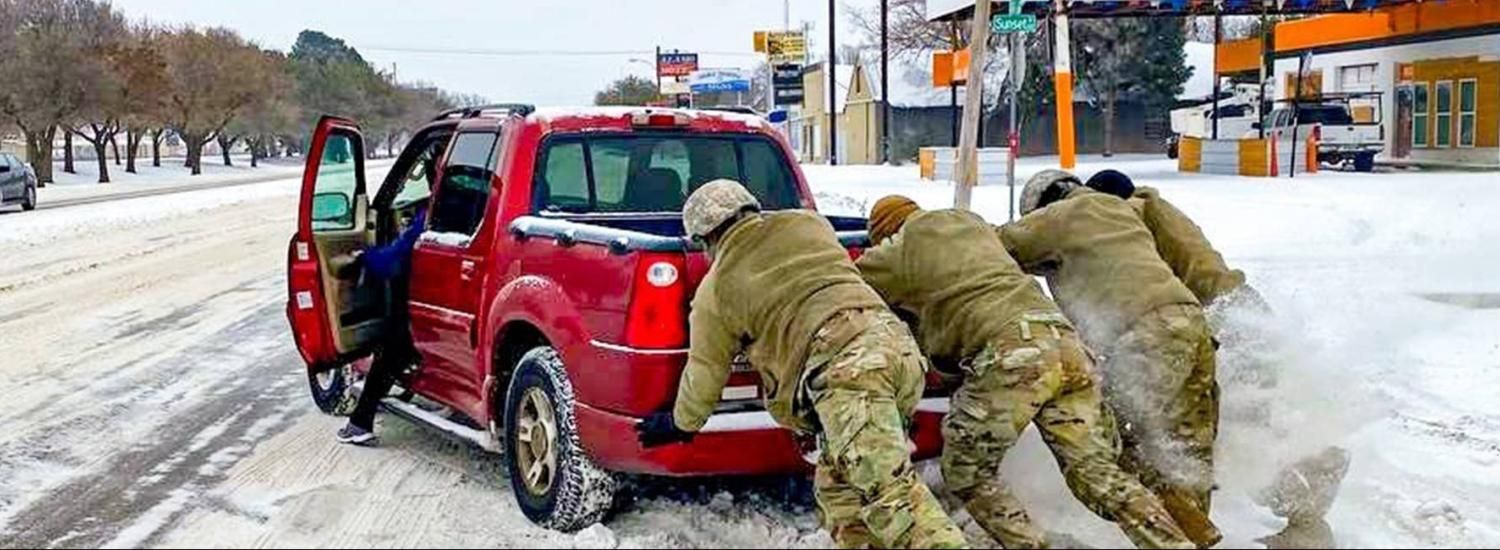Researchers working on a new tool to quickly evaluate causes of extreme temperature and drought events
NOAA-funded project will help researchers determine the role of climate in extreme events

In the past decade, scientists have improved their ability to attribute extreme climate and weather events to underlying causes, including human-caused climate change and recurring climate phenomena such as El Niño. Now, researchers at CIRES, NOAA, and partner universities are working to turn those advances into a prototype service that will quickly evaluate the causes of extreme heat and cold waves and drought in the United States.
“Every year, NOAA identifies billion-dollar climate and weather disasters, and as the climate warms, the impacts of these disasters are increasing,” said Joe Barsugli, a CIRES scientist working in NOAA’s Physical Sciences Laboratory. “Understanding the causes of extreme climate and weather events will help communities and emergency and resource planners better anticipate and plan for future events.”
An overview of the project was published today in the Bulletin of the American Meteorological Society (BAMS) special report, Explaining Extreme Events of 2020 from a Climate Perspective.
In the NOAA-funded research project, researchers will determine the role of climate in extreme events by analyzing observed trends in a historical context to determine the chance of these events occurring, and then using climate models to assess the influence of multiple causes.
Attribution of heat and drought extremes for the United States requires a good understanding of the regional differences in historical temperature trends across the United States. For example, researchers need to know the difference between the “warming hole” in the eastern United States—where daily maximum temperatures have not increased—and the strong warming seen in the western United States to answer questions such as, will this pattern persist? Or is a reversal of the pattern possible?
Through a multi-pronged approach that includes careful monitoring, identifying the causes of historic and present-day events, and blending observational and model-based analysis, the researchers hope to be able to answer questions like these.
This years-long effort brings together scientists from four NOAA laboratories/centers—the Physical Sciences Laboratory, Geophysical Fluid Dynamics Laboratory, National Centers for Environmental Information, and National Centers for Environmental Prediction—university scientists at two of NOAA’s Cooperative Institutes, CIRES at CU Boulder and CISESS at North Carolina State University, and from the University of Maryland.